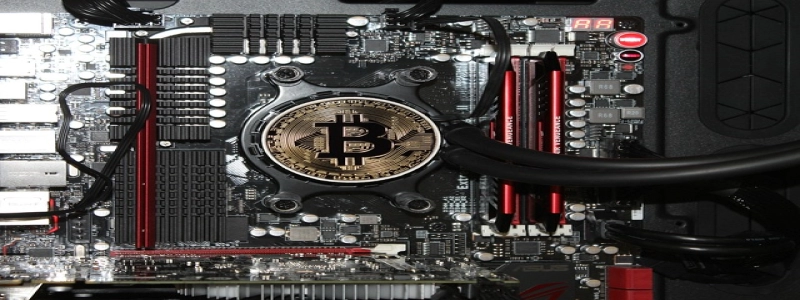Extend Ethernet
Introduction
Ethernet is a widely used networking technology that allows devices to communicate with each other over a local area network (LAN). However, the standard Ethernet has limitations in terms of distance, making it necessary to extend Ethernet for longer distances. This article will discuss different methods to extend Ethernet.
Section 1: Ethernet Extenders
Ethernet extenders are devices that help extend Ethernet connections beyond the standard distance limitations. They facilitate the extension of Ethernet over copper wire, coaxial cable, or optical fiber. Ethernet extenders can be used to bridge the gap between two Ethernet networks that are separated by a long distance.
Subsection 1.1: Copper Ethernet Extenders
Copper Ethernet extenders utilize twisted-pair copper wiring to extend Ethernet signals. These extenders essentially amplify the Ethernet signals to prevent data loss and degradation over long distances. Copper Ethernet extenders are cost-effective and commonly used for extending Ethernet connections in buildings and campuses.
Subsection 1.2: Coaxial Ethernet Extenders
Coaxial Ethernet extenders use coaxial cables to extend Ethernet signals over long distances. Coaxial cables are known for their ability to carry signals over longer distances without significant loss. Coaxial Ethernet extenders are suitable for extending Ethernet connections in industries where high-quality signals are required, such as broadcasting and surveillance.
Subsection 1.3: Fiber Ethernet Extenders
Fiber Ethernet extenders employ optical fiber cables to extend Ethernet signals over extremely long distances. Optical fibers provide high bandwidth and are immune to electromagnetic interference. Fiber Ethernet extenders are popular in situations where Ethernet connections need to be extended over large geographical areas, such as between different buildings or cities.
Section 2: Power over Ethernet Extenders
Power over Ethernet (PoE) extenders are used to extend both data and power signals over Ethernet cables. These extenders enable the transmission of power along with Ethernet signals, eliminating the need for separate power cables. PoE extenders are particularly useful in scenarios where power outlets are limited or unavailable.
Section 3: Wireless Ethernet Extenders
Wireless Ethernet extenders leverage wireless technologies to extend Ethernet connections without the use of physical cables. These extenders convert Ethernet signals into wireless signals and transmit them over the air. Wireless Ethernet extenders are ideal for situations where running physical cables is not feasible or cost-effective, such as outdoor installations or temporary setups.
Conclusion
Extending Ethernet beyond its standard distance limitations is crucial in today’s networked world. Ethernet extenders, such as copper, coaxial, and fiber extenders, provide reliable solutions for extending Ethernet connections over different media types. Additionally, PoE extenders and wireless extenders offer alternative methods to extend Ethernet connections in specific scenarios. By utilizing these different methods, Ethernet can be extended to meet various connectivity needs.








